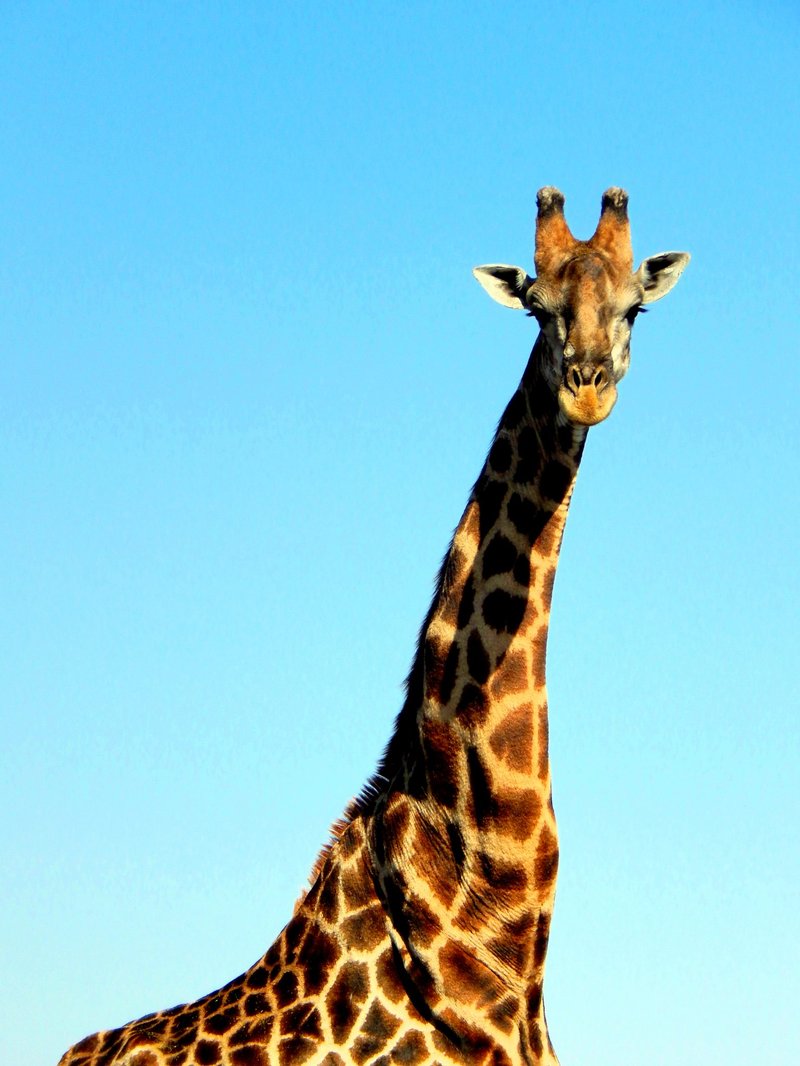
Imagine you’re at a café, sipping coffee, and a friend leans in, eager to share some cool tidbits about giraffes. You might not realize it, but there’s so much more beneath that long neck and those dreamy eyes. Their biology, behavior, and even their social structures are as intriguing as their looks. So, let’s explore what makes these majestic creatures so special!
1. The Tallest Land Animals
It’s no secret that giraffes are the tallest land animals on Earth. Adult males can reach heights of up to 18 feet, while females usually stand at around 14 feet. That’s like having a two-story house walking around! Their long necks, which can be up to 6 feet long, are made up of just seven vertebrae—just like humans. Here’s the thing: these elongated necks help them forage for leaves high in trees, giving them an amazing advantage in their natural habitat.
But it’s not all about reaching the tops of trees. The height of a giraffe also plays a crucial role in their social interactions. Their towering stature allows them to spot potential predators from far away. It’s a bit like having a built-in lookout tower, helping them survive in the wild.
2. Unique Spot Patterns
Have you ever noticed how no two giraffes have the same coat pattern? Much like human fingerprints, these unique spots can help researchers identify individual giraffes. The patterns, which can range in color from light tan to deep chocolate brown, help with camouflage in the wild.
The patches are not just for looks, either. They help regulate body temperature. The darker spots absorb heat during cooler mornings, while the lighter areas help reflect sunlight when it’s hot. If you think about it, it’s like each giraffe has its own personal climate control system!
3. Amazing Hearts and Circulatory System
Giraffes have powerful hearts that can weigh up to 25 pounds. That’s roughly the weight of a small dog! Their hearts pump blood up that long neck, ensuring that the brain gets enough oxygen and nutrients. It’s quite a feat considering the distance the blood must travel.
To manage the pressure from their heart to their brain, giraffes have specially adapted blood vessels. When they lower their necks to drink, special valves prevent blood from rushing to their heads, protecting them from fainting. Let me explain: this is a vital adaptation for these tall creatures, as bending down can create tricky circumstances!
4. Fascinating Tongues
Did you know that a giraffe’s tongue can be up to 20 inches long? That’s a serious reach! Their tongues are not only long but also very prehensile, meaning they can grasp and manipulate things. This is perfect for wrapping around leaves and twigs, making it easier for them to feed on acacia trees.
The dark color of their tongues—usually a bluish-purple—helps protect against sunburn. That’s right! Giraffes spend a lot of time munching on foliage, and just like us, they can get sunburned. So, their unique tongue color is a clever way to stay out of the sun’s hot rays.
5. Social Creatures with Complex Behavior
You might think of giraffes as solitary animals, but they are actually quite social. They often form loose herds of 10 to 20 individuals. These groups can change frequently, with members coming and going. It’s a bit like a revolving door of friendships!
Giraffes communicate in ways you may not expect. They use a mix of body language, vocalizations, and even infrasound—low-frequency sounds that can travel long distances. This means they can “talk” to each other without you even hearing it! Isn’t it wild to think about how they maintain connections with each other across the vast savanna?
6. Adaptations for Eating
While we often think of long necks helping giraffes reach food, there’s more to the story. Their specialized teeth are designed for tearing and chewing tough leaves. They primarily eat leaves, flowers, and fruits from tall trees, but they’ve also got a strong digestive system to process this fibrous diet.
Their preference for acacia trees is fascinating as well. These trees have sharp thorns, but giraffes have tough lips and an understanding of which leaves are worth the effort. It’s a bit like a gourmet chef choosing the best ingredients for a recipe!
7. Lifespan and Reproductive Facts
In the wild, giraffes can live up to 25 years, but those in captivity often reach 30 years or more. Here’s a surprising fact: female giraffes typically give birth to a single calf, which can stand and run within just a few hours of birth. It’s essential for survival since predators are always lurking around.
Interestingly, giraffes have a unique way of bonding. Calves will often nuzzle and play with their mothers and other females in the herd. This playful behavior is crucial for their development and social skills, helping prepare them for adult life.
8. Endangered Status
Despite their majestic nature, giraffe populations are declining. As of recent studies, their numbers have dropped by about 40% over the last three decades. Habitat loss and poaching are major threats. Isn’t it heartbreaking to think that one of nature’s wonders is at risk?
Efforts are underway to protect giraffes. Conservation groups are working towards preserving their habitats and implementing anti-poaching regulations. Supporting these initiatives can make a real difference in ensuring that future generations get to marvel at these incredible animals.
9. Unique Walking Style
Giraffes have a distinct way of walking that sets them apart from other animals. They move both legs on one side of their body and then both legs on the other side. This might look a bit clumsy, but it helps them maintain balance, especially with that long neck swaying along.
You might wonder why they don’t just run like other animals. Well, their long legs give them impressive speed, allowing them to reach up to 37 miles per hour in short bursts. Just think of how they can gracefully glide through their environment while keeping an eye out for predators!
10. Cultural Significance
Giraffes often appear in various cultures as symbols of grace and beauty. In many African communities, they are admired for their gentle nature and striking appearance. They appear in stories, art, and even traditional textiles, reflecting their deep-rooted significance in the cultures where they roam.
Additionally, giraffes have become symbols of wildlife conservation. They remind us of the fragile balance of ecosystems and the importance of preserving our planet’s biodiversity. Just like that friend you chat with over coffee, they inspire us to learn more and take action.
In conclusion, giraffes are not just curious creatures with long necks, but fascinating beings with complex lives and behaviors. From their unique adaptations to their social structures, they add a special touch to our understanding of wildlife. So, the next time you see a giraffe, take a moment to appreciate not just their height but the many wonders that come with being a giraffe.

